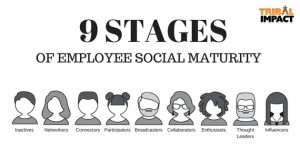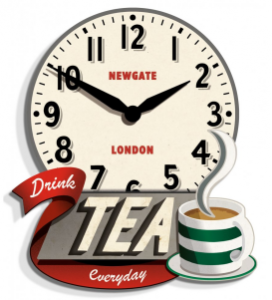While it might seem easy to get consumers to sign up for your loyalty program, keeping them active and engaged is another story. Columnist Mike Sands explains how a a customer identity solution can help.

What’s $100 billion mean to you?
Depending upon what side of town I’m on, it’s 74 times the value of the home team, the Chicago White Sox, or 37 times the value of the Chicago Cubs.
It’s roughly the value of the world’s most valuable brand, Google.
And it’s the total value of loyalty points American consumers have collected yet not redeemed in the past year. For marketers, that means billions of lost opportunities to enhance relationships and increase lifetime values.
Clearly, loyalty programs are struggling to keep members active and engaged over the long term.
But by no means does this mean loyalty programs are obsolete. Memberships have an innate ability to influence customer purchase behavior, advocacy and retention: According to the recently released Bond Brand Loyalty Report for 2017, 81 percent of consumers say being a loyalty member makes them more likely to do business with a company, and 73 percent are more likely to recommend brands with compelling loyalty programs.
However, this same study also reveals that only 22 percent of loyalty members believe they are treated better than non-members — which means the majority of people considered a brand’s best customers feel they are treated no better than the rest. This may explain why, despite year-over-year increases in enrollment, loyalty members are only active in less than half of the programs they took the time to join.
Let’s face it, loyalty strategies centered around systems of points and rewards are missing the point: People want rewarding experiences, not just rewards.
Marketers must remember that the endgame is creating loyal relationships, not program memberships, and expand their strategies to drive brand engagements that add real value to the lives of customers. This is where loyalty marketers already have a leg up — but most aren’t taking the next step forward.
Loyalty programs, by nature, offer brands access to huge amounts of first-party data. Thanks to the evolution of customer identity solutions, marketers can now integrate their vast stores of offline data, such as membership information and CRM (customer relationship management) storages, with their digital data to recognize individuals across touch points.
Working with persistent identifiers, brands can continually collect new data and update customer profiles. An identity asset as such allows marketers to craft seamless, relevant 1:1 brand interactions at critical moments throughout the customer relationship.
Think about it: Isn’t maintaining an ongoing dialogue a much more effective way to win someone’s heart than awarding them a point that may expire — or, worse yet, they may not even know exists? Consider these three ways a customer identity solution can help marketers create loyalty programs that actually drive brand loyalty.
1. Make membership worth it
Even after taking the time to sign up, log in and share personal data, over half of loyalty program members leave their accounts unused, often within the first year of signing up. This is primarily due to one-size-fits-all, transaction-based or time-sensitive rewards systems that don’t make sense for everyone.
Someone who just made a huge purchase may not be in the mood to spend more right away; same goes for the seasonal shopper who’s all set for now. Insights gleaned from a customer identity solution can help brands design differentiated programs to excite and delight their most active members and entice the recently lapsed to re-engage.
2. Deliver immediate gratification
In our need-it-now culture, waiting weeks or months to accumulate and redeem points is out of the question, especially when many other options await at customers’ fingertips. No surprise, then, that redemption rates for real-time rewards run as high as 80 percent, yet drop in half when offered in a follow-up email two hours later.
With the ability to identify customers at significant times in their buyer journey, brands can reward members with the right type of value at just the right moment.
3. Drive engagement
Resolving customer identity across each channel, platform and device opens up new opportunities to upsell, cross-sell and strengthen brand relationships. Knowing when someone is in research mode or has just made a purchase, marketers can craft more meaningful and thoughtful interactions.
A person researching a new couch may be interested in fabric upgrades or new pillows to match. And someone who has already made this big investment may simply appreciate tips on how to keep the couch looking its best.
With loyalty membership on the rise but program engagement on the wane, we see that customers are quick to join and fast to forget.
People know how precious their data is, and if they take the time to share it with a brand, they expect personal value in return. If one brand isn’t giving it to them, odds are another one can — and that tops a billion reasons why loyalty marketers can’t afford to overlook the importance of customer identity.
Some opinions expressed in this article may be those of a guest author and not necessarily Marketing Land. Staff authors are listed here.
Marketing Land – Internet Marketing News, Strategies & Tips
(84)











